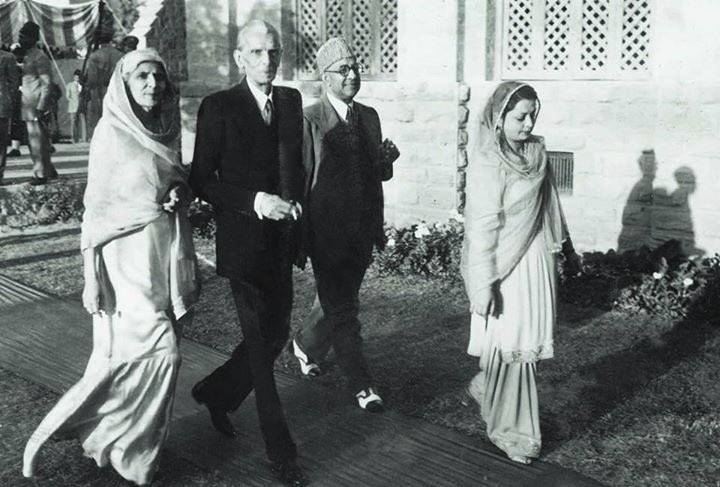
Maha Raja Tareen remembers Fatima Jinnah on her 53rd death anniversary
Fatima Jinnah was an icon of hope after the death of country's founder M A Jinnah. She had worked closely with her brother Quaid e Azam in his struggle for the rights of millions of Muslims of the subcontinent. We were truly blessed to have a lady of such high integrity especially after our founding father departed abruptly leaving this nation sans direction.
Unfortunately, our political system has been muzzling and muting the voices that are important for our national consciousness. Three years after the passing of Quaid-e-Azam, his sister Fatima Jinnah was denied the basic right of expression she was not allowed to air her feelings for her people. In 1951, the administration censored her address to the nation on the occasion of Mr. Jinnah’s third death anniversary.
In 1964, when Fatima Jinnah contested the Presidential election against General Ayub Khan, she reignited the same passion in the people of Pakistan as witnessed throughout the creation of our country. The political pygmies felt insecure and threatened by the lady who upheld Jinnah's vision for the country.
She lost in the presidential election but won hearts of millions, especially in East Pakistan (now Bangladesh).
Although Ayub era witnessed economic development, political engineering and throttling democratic values became part of our political culture.
Even when Ms Jinnah died, concerted efforts were made to oppose her will in which she had asked to be buried next to her brother. Instead the government planned to bury her in the Mewashah graveyard of Karachi.
Threatened by massive public unrest, crumpled under pressure of massive outpouring of grief the government at the last minuted allowed to give her space in Jinnah’s mausoleum. Mr Ghani dug the grave for Ms Jinnah as he had previously dug the graves for Quaid-e-Azam, Liaquat Ali Khan and Sardar Abdul Rab Nishtar.
A massive crowd comprising thousands of people, including women and children, gathered in the scorching heat at Jinnah mausoleum to attend the funeral of Mader-e-Millat in Karachi.
Supposedly Defeated by ballot in life she rose in death by the indiscriminate use of tear gas. Madar-e-Millat’s funeral was a clear example of how we beat the ballot with baton and burry our souls.
But no one was allowed to see her face for the last time before she was buried. Those getting near her casket were baton-charged and dealt with tear gas. Police brutality coupled with tear gas shelling with the crowds hurling stones at the law enforcers killing one, wounding hundreds, these are sad chapters of our history.
Amidst chants of long live the mother of the nation country’s president was absent from the funeral of Maadar-e-millat.
Her sudden demise was also surrounded in controversy. Many believe she was actually murdered. In August 1971, a newspaper published a news report claiming that Fatima Jinnah was murdered along with interviews of people who had given her the ghusl. Strangely enough her last rites performed by men is also a blot on our history.
Newspapers quoted Hidayat Ali aka Kallu one of the men who had performed the ghusl, saying that corpse of Miss Fatima Jinnah had visible wounds on it, and there was an opening in her stomach which oozed blood.
However mystery still revolves around her bloodstained clothes with Hidayat Ali aka Kallu Ghusl as evidence.
In January 1972, a citizen of pakistan Mr Ghulam Sarwar petitioned court regarding her murder under section 176 of the Criminal Procedure Code of Pakistan. Nothing came out of that effort and to date Fatima Jinnah's death remains a mystery.
Our history is replete with examples of such grim events in history from Late Prime Minister Liaqat Ali Khan to Fatima Jinnah and beyond. Late Prime Minister Benazir Bhutto's postmortem never happened. Her father former Prime Minister Z.A Bhutto was buried in the silence of the night depriving the family it’s basic right to perform his last rites.
Silencing dissent has been a common theme in our history.
